So much garden advice has become folklore, tales of experiences that haven’t been thoroughly tested but are taken as truth. A lot of the time these myths involve us humans overthinking and overgardening; sometimes the simplest solution (even the lazier one) is in fact the healthier option for plants and landscapes.
How do untrue myths come about? There can be so many ways, some innocent and others requiring a bit more cynicism. So much in gardening is hearsay when it should be based on practice over time. When I first started gardening, I had echoing in my head that I had to dig a $10 hole for a $10 plant. Often this meant digging the hole too deep to the point of making the soil at the bottom loose — and what happened is that my expensive trees sank so that their trunks were covered by soil a year later (this can lead to lots of problems). The lesson for tree holes is to dig no deeper than you must, making sure the root flare is at or slightly above grade. Want more wisdom? Read on, then please add your own in the Comments.
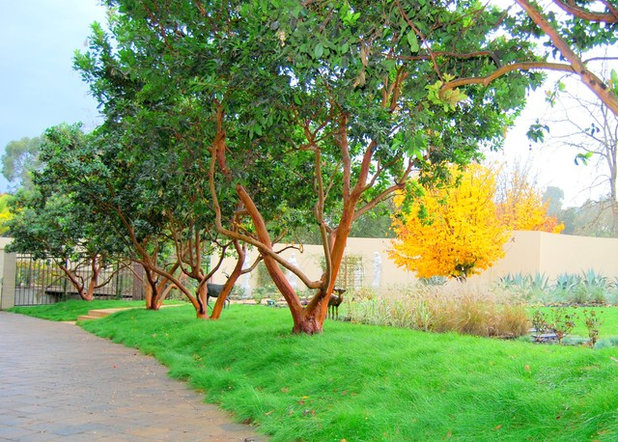
Zeterre Landscape Architecture
Myth 1: Fertilize trees and shrubs each fall. There’s really no need to do this unless it’s obvious the tree needs fertilizer, and if the tree looks unhealthy, it’s best to hire an arborist to make an accurate diagnosis.
What about lawns? I hear it both ways: Make sure something is on the ground for spring when it wakes up, and the flip side, that fertilizer will simply become runoff over winter and pollute waterways. Personally, I think fertilizing a lawn once or twice a season, in late spring and summer, is plenty.
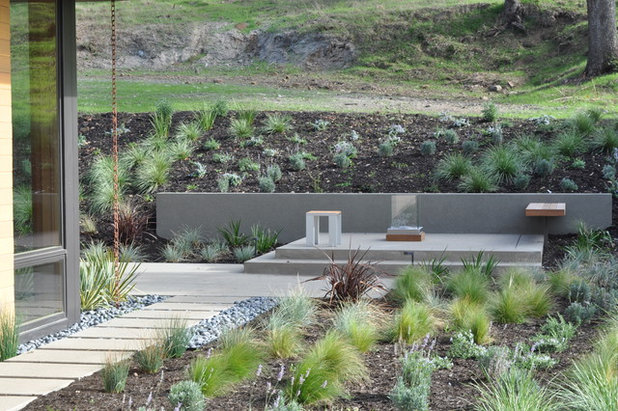
Huettl Landscape Architecture
Myth 2: Termites love wood chip mulch. Termites much prefer more nutrient-rich things, even cardboard. Wood chip mulch lacks nitrogen and phosphate, which makes it very unappealing to termites. In fact, it’s also unappealing to rodents.
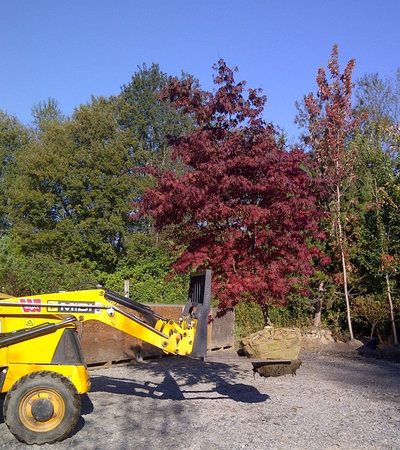
FROST NURSERY
Myth 3: Amend the soil when planting trees and shrubs. Let’s say you’ve got clay soil. The first instinct is to make the soil easier for roots to penetrate. But if you make the soil in the dug hole nice, what’s to encourage the tree roots to expand? You’re left with a tree that can’t support itself, because its roots circle in the hole and don’t reach out into the native soil. Those circling roots cause other problems down the road, like girdling, which chokes the trunk. So don’t add anything else to the original soil — and if it’s clay, do go ahead and break the soil surrounding the hole up with a spade.
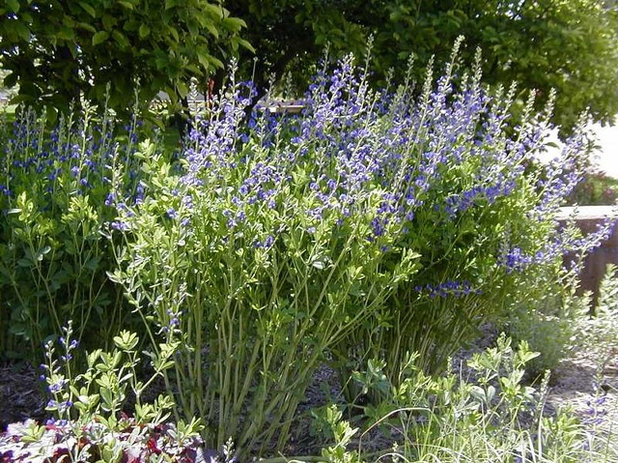
Missouri Botanical Garden
Myth 4: Add sand to improve clay soil drainage. This goes along with the soil amending point with trees, but adding sand to clay is even worse. Sand will simply help you form a better brick, not increase drainage. Why not work with your soil? Clay is full of nutrients. Choose plants adapted to your region and its soil; blue wild indigo (
Baptisia australis), seen here, is a clay buster featuring a strong, deep taproot, for example.
See more ways to garden with clay soils
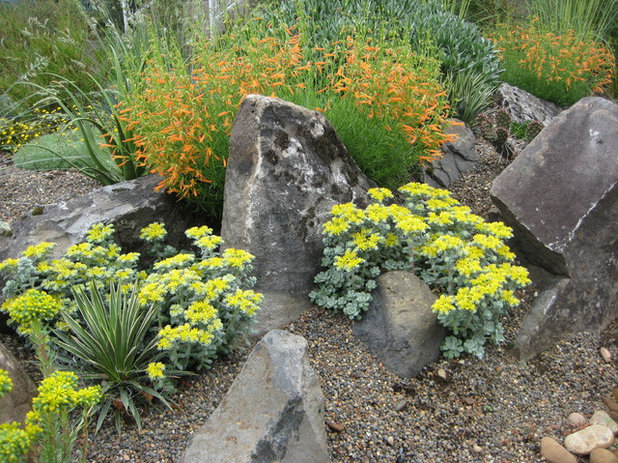
Xera Plants
Myth 5: Drought-tolerant plants don’t need watering. Sure they do, most especially when they are getting established, which can take weeks or months, depending on the time of year, your location and your weather. It’s true that once established, and if properly sited, drought-tolerant plants are very low maintenance, but like any plant they need water — both during establishment and in very prolonged dry spells.
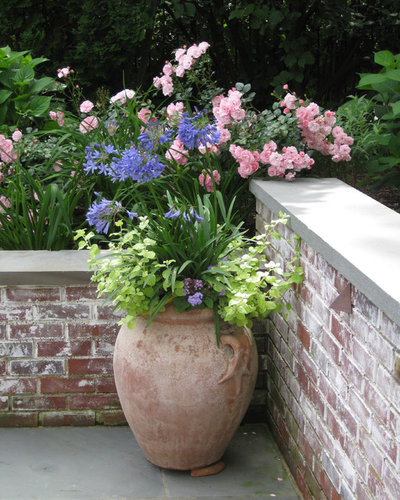
Susan Cohan, APLD
Myth 6: Add gravel or pot shards to the bottom of planters to improve drainage. Actually, doing so makes drainage worse. Studies have shown that water does not want to move out from potting soil into gravel or pot shards, preferring instead to stay in the soil until it’s beyond soaked. Pot shards and gravel also just make the water sit higher in the pot instead of draining out. Just use a good potting soil mix and make sure your container has drainage holes.
Container Gardening Basics: The Dirt on Soil
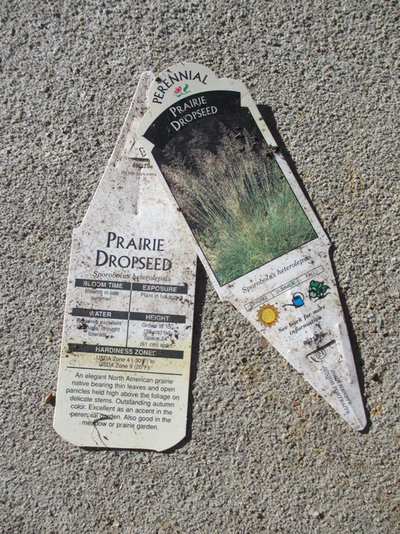
Benjamin Vogt / Monarch Gardens
Myth 7: Plant tags are accurate. I have so many issues with plant tags, from seeing them in the wrong pots at nurseries to inadequate information for the easiest long-term maintenance. What plant tags don’t talk about is how soil and microclimates affect mature size, what soil the plant will do best in or where the plant is from.
That latter point is key. If your new purchase has genetic origins in the U.S. South and you live in the North, your plant will bloom or leaf out at different times, sometimes to the detriment of the plant (think frosts) or pollinators (they are in sync with bloom times through coevolution). Those genetics will also influence mature size — an oak native to the whole country will likely grow taller in the South than the North, and its genes will reflect that based on where the acorn is from. It’s best to research plants online from many reputable sources and ask your nursery where the plants are from — both where they were grown and what their genetic stock is.
Your turn: What garden myths have you experienced? What would you like to see debunked? Tell us in the Comments.





